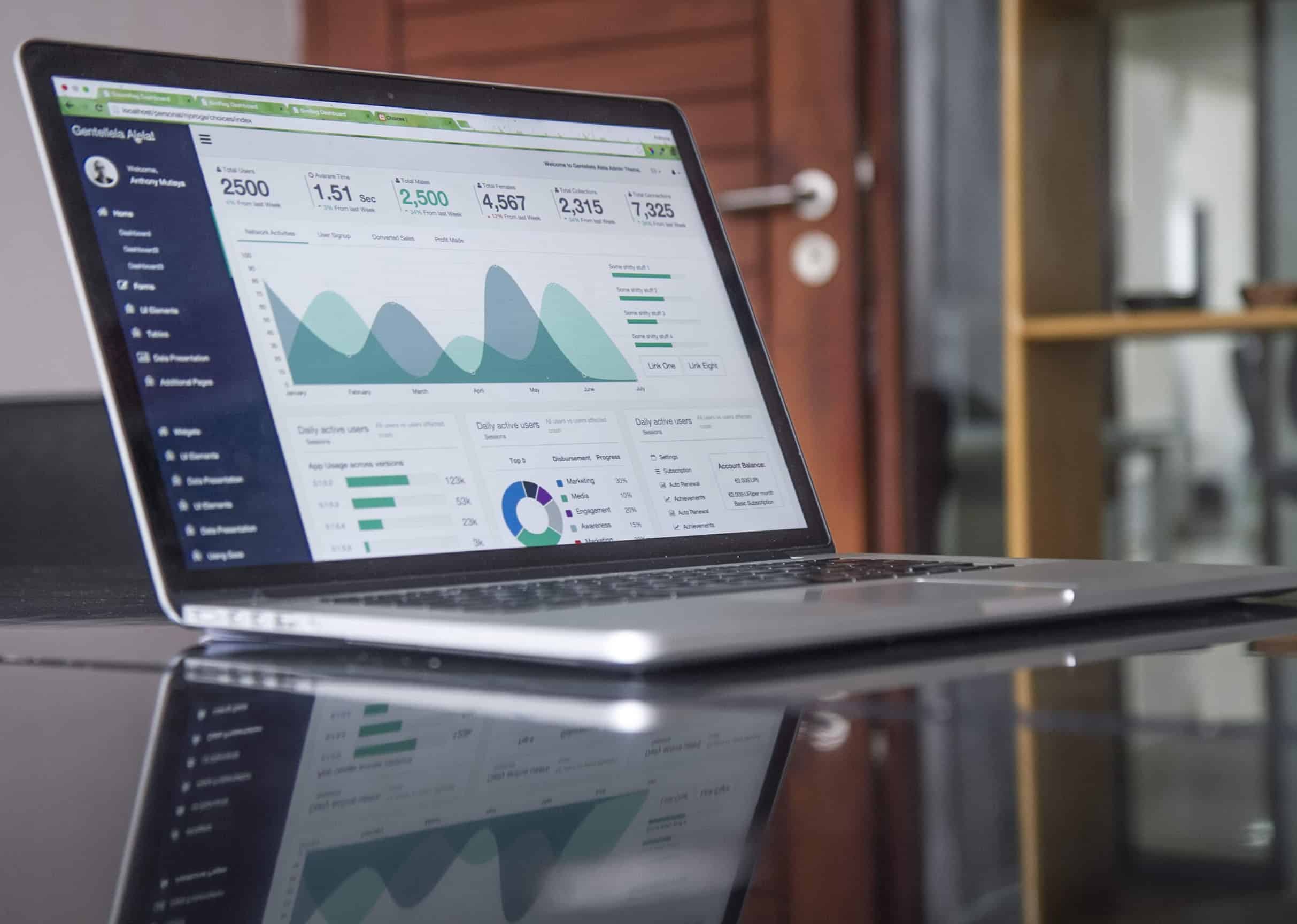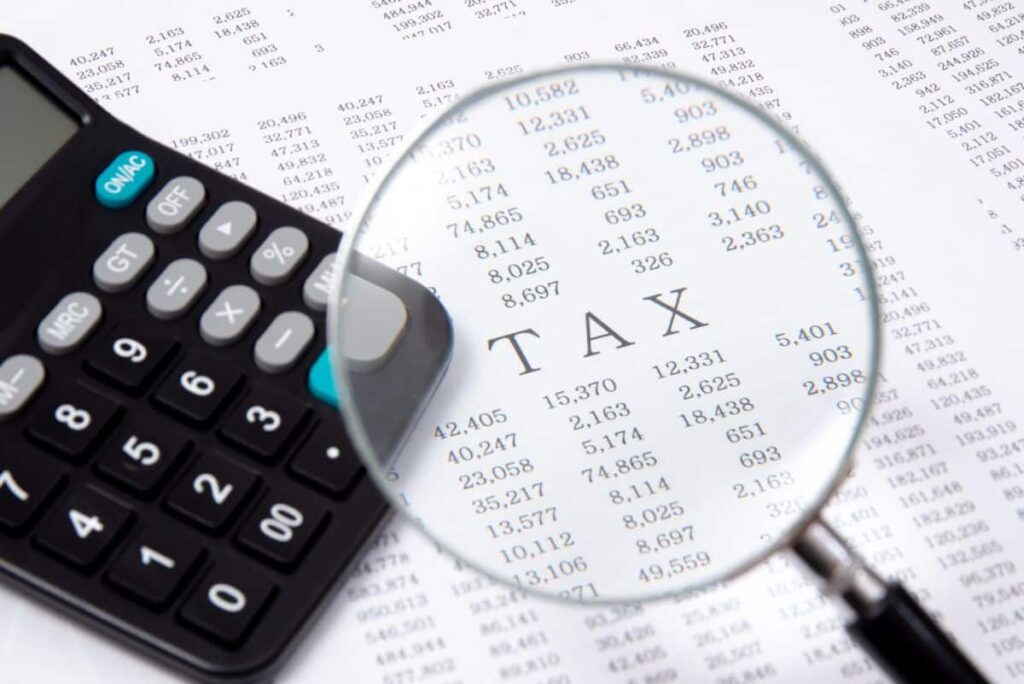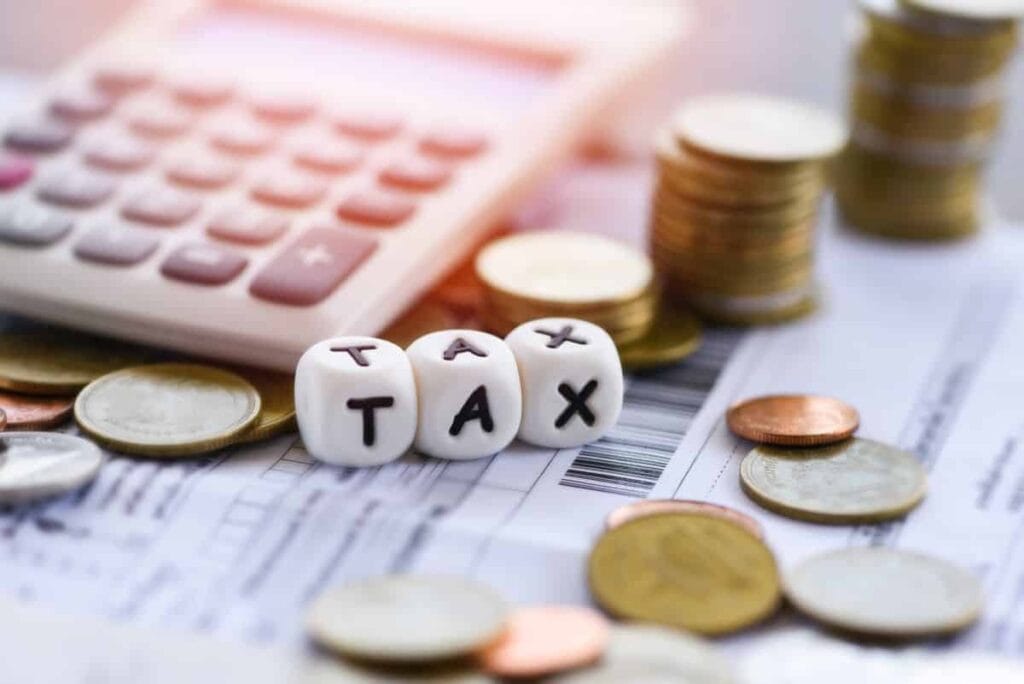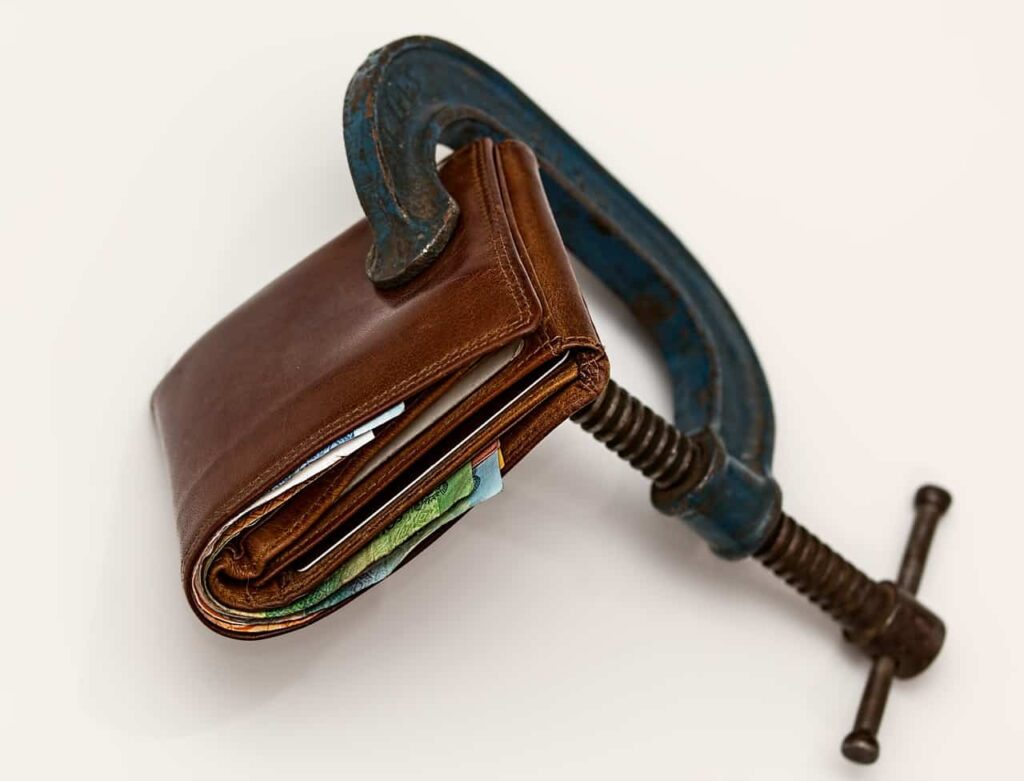Tips For Calculating Your Car-Related Tax Deduction
Do you have a lot of questions concerning the tax deductions that pertain to your car? You’re not alone. When it comes to your car, it can be challenging to figure out the nuances of what you can and cannot deduct from your taxes. This is especially important to keep in mind if you are accustomed to filing your taxes in the standard manner, which does not require you to keep track of your mileage or any other relevant facts. However, you shouldn’t worry about it because we’ve compiled a guide to assist make things a little bit more understandable for you.
When it comes to matters pertaining to taxes, there are a lot of things that might cause individuals confusion. One of these concerns is the tax deductions associated with automobiles. Because so many people don’t understand how to compute them, it’s possible that they aren’t taking advantage of all of the deductions to which they are entitled. In this piece of content that we have written for our site, we will provide some pointers on how to calculate the tax deduction that is associated with your vehicle, so that you may ensure that you are benefiting as much as possible from it.
During tax season, deductions play an essential role, and if you’re like the majority of people, you probably think of deductions as reductions to the amount of money you bring in. Taxpayers can take advantage of a number of different deductions, one of which is a deduction tied to their vehicle, known as the “car-related deduction.” If you use your car for work-related activities, you might be able to deduct some or all of the expenditures connected with owning and operating the vehicle.
How to Determine the Amount of Tax Deduction You Can Take for Your Automobile
The start of a new fiscal year has come and gone, which means that most of us should be giving some thought to our upcoming tax obligations. Here are some pointers that you may use to assist you with the portion of your tax preparation that is related to your vehicle.
To the extent that you are not on a novated lease, you are eligible to receive a tax deduction for every kilometre driven in your personal vehicle in the course of performing duties related to your employment or business. If you have a novated lease, this article does not apply to you, and you already have the right to a number of potential tax benefits, which we will discuss in a later feature article. If you have a novated lease, you are entitled to a series of prospective tax benefits.
Please keep in mind that the suggestions we have provided are broad in scope and that the information presented in this article is not intended to serve as tax advice. Everyone’s scenario is unique, after all. On the website of the Australian Tax Office (ATO), you may find a significant quantity of information regarding the tax deductions that can be calculated and the items that can be claimed. If you have any questions, please try to get in touch with an accountant.
To begin, you will need to determine the total number of kilometres that are driven for work each year. It is highly recommended that you look at this link provided by the ATO because there are a number of regulations about the kinds of driving that may and cannot be counted as being for business.
For instance, travelling to and from one’s place of employment by car qualifies as personal travel. On the other hand, if you have two jobs and use your automobile to travel from Employer A to Employer B, you are able to deduct that trip from your taxes. Likewise, if you drive from your primary office to a client location or a secondary office, you can deduct the cost of that travel.
If your work driving patterns are repetitive and consistent, or if the number of kilometres you drive for work each year is relatively low, you should be able to get away with using an estimated figure as long as you are able to back up that number with some simple math and a reasonable train of logic; in most cases, a simple diary will also be sufficient. In general, you should be fine with an estimated figure if you are able to back it up with some basic math and a reasonable train of logic.
If you have this number, you will be able to claim a tax deduction of 66 cents for every kilometre that you have driven for work, up to a maximum of 5,000 kilometres.
It is generally accepted that it is best to keep a log book if the situation is more complicated or if you drive a significant number of kilometres for business purposes. In it, you record the reading on the odometer, the time at the beginning and end of each trip, as well as the reason for taking that particular trip.
Although the ATO requires that the log book be kept for a period of 12 weeks in a row, you are free to continue keeping logs for as long as you like if you so choose. The period that is logged is supposed to be reflective of how your car is used in general. If you have more than one vehicle, the time period that is recorded in each vehicle’s logbook must be the same.
There is a fantastic method to lessen the burden of maintaining a log book, and that is to start doing it as soon as you can, preferably from the moment you pick up your new vehicle. Keeping a logbook may sound like a headache, but there is a great way to lessen the burden.
Not only does this ensure that there is no stress at the end of the fiscal year, but getting this done in a timely manner can also result in many years of log book-free happiness. This is due to the fact that a vehicle’s logbook can remain valid for up to five years.
The proportion of your vehicle’s total kilometres travelled for business purposes is directly proportional to the number of the vehicle’s costs that are eligible to be deducted from your taxable income.
The ATO will allow you to make an estimate of your ongoing care costs based on the readings from your odometer, but it is highly recommended that you keep detailed records of all costs associated with your vehicle. Richard Kew, director of Platinum Direct Finance, shares a few easy ideas that everyone can use, so you won’t have to spend hours looking through your credit card bills or hunting for some long-lost receipts.
The first thing you should do is put an envelope in the glove box so that you can quickly store any receipts relating to your vehicle until it is time to file your taxes. The second thing that you should do is, if you have the option to do so, use a specific credit card for all of the costs associated with that car. In the event that any receipts are misplaced, it will be simple to locate them in this manner.
You may also be eligible to recover the depreciation cost of your vehicle, up to the level of the luxury car tax, depending on your circumstances and the financing arrangement that you have for the vehicle. It is a good idea to keep a copy of the amortisation schedule that is included in your finance contract close at hand. This will make things easier for both you and your accountant.
How to Claim Car-Related Tax Deductions

If you use your car for work-related purposes, you have the right to claim the costs associated with doing so; however, this right only applies if you personally own the car that you use for work-related purposes. You are not eligible for any benefits because your employer either owns the car you drive or includes it as part of your compensation package.
If you use your car to generate money, you may be able to deduct the costs that are involved with operating the car from the revenue that you report. When a vehicle is used in part for the purpose of making income and in part for private use, the “taxable purpose proportion” refers to the fraction of the vehicle’s use that is used for producing income. You are only allowed to claim a deduction for the percentage of your car expenses that is related to taxable purposes in the majority of jurisdictions.
There are certain formulas that must be used in order to arrive at the total amount of the automobile expenditure deduction that can be claimed on your tax return. You might want to give some thought to which approach will provide you with the best possible results (i.e. the greatest deduction).
If you are the owner of the vehicle, then you have two options for recouping any costs associated with the vehicle:
Method 1: Cents Per Kilometre
- Using this method, your claim will be calculated using a predetermined rate for each kilometre driven for business purposes. You are permitted to submit a claim for a maximum of 5,000 kilometres driven annually for each car you own if you use this approach;
- If you go more than 5,000 kilometres, you might find that this technique of claiming is not applicable to your situation. It’s possible that the logbook method will serve you better;
- Multiplying the total number of kilometres driven for business purposes (up to 5,000 kilometres maximum per vehicle) by the normal rate of 72 cents per kilometre results in the claim amount being determined. This statistic takes into account all of the costs associated with operating the car, including the vehicle’s depreciation;
- You do not need to provide any written evidence; however, you must be able to demonstrate that you have travelled the number of kilometres that you have claimed to have travelled. For instance, a journal of travel for work that details both the distance travelled and the number of kilometres covered will be sufficient.
The best way to figure out how much of a deduction you are eligible for is to calculate your car expenses using the cents-per-kilometre technique. The main drawback is that each car is only allowed 5,000 kilometres of business travel each fiscal year.
The cents-per-kilometre method generates a standard mileage rate by factoring in all of the expenses associated with vehicle ownership and operation. This includes the costs of registration and insurance, interest on a motor vehicle loan, lease payments, servicing your car, repairs, fuel costs, and depreciation. Because of this, if you use this method to calculate your tax deduction, you cannot also claim those expenses in addition to the rate of cents per kilometre.
The rates are determined at the beginning of each fiscal year; the rate for the fiscal year 2020/2021 Cents per Kilometre is $0.72 for every business kilometre.
Keep in mind that you need to figure out what percentage of the total number of kilometres you’ve driven for work throughout the course of the fiscal year. Reading the ATO’s advice on what constitutes “work-related car costs” is something that we strongly recommend doing. Due to the fact that the ATO may audit these claims and request documentation to support them, it is imperative that deductions be claimed only for those expenses that are acceptable.
Method 2: Logbook
Your claim, when calculated using this technique, is based on the percentage of each car expense that is used for business. This is determined by a log book, which needs to have been kept for at least a period of 12 weeks and needs to be updated at least once every five years. You are able to deduct, according to the percentage of time spent on business-related driving that is documented in your logbook, any and all costs associated with the operation of your vehicle.
During the 12-week period that the logbook keeps track of, you are required to record in it every work trip taken in the vehicle, including the following details:
- When the period covered by the log book begins and finishes;
- The readings on the car’s odometer at the beginning and the conclusion of the time period;
- The sum of all the kilometres covered;
- The percentage of sales for the time period covered by the logbook.
You are required to record the following information in the logbook during every journey:
- Time and date of departure;
- readings are taken from the odometer at both the beginning and the end of the trip;
- Kilometres traversed;
- Justifications for doing the trip;
- If you travel more than once in a row on the same day, you will be charged an additional fee (you can record them as a single journey).
In order to validate your claim at the end of the year, you will need to keep track of every receipt, including those for insurance, maintenance, and repairs. The readings on the odometer at the beginning and the end of the year, which indicate the total number of kilometres driven, can be used to make an estimate of the amount of gasoline consumed.
The process known as “diminishing value” is used to determine the amount of depreciation, which is equal to twenty-five percent of the car’s reduced worth.
Keep in mind that you cannot deduct any of the costs associated with your car if your company pays for it or if it is included as part of your compensation package. Additionally, it is essential that you maintain a record of all costs associated with your company, including those that are connected to your vehicle.
If you use someone else’s automobile or another vehicle (that is not defined as a car) for work-related reasons, you might be eligible to claim the direct expenditures (such as fuel) as a travel expense. This applies even if the vehicle is not considered a car.
Other cars that are included in the costs listed above are as follows:
- Motorcycles
- Vehicles that are able to transport a carrying capacity of:
º At least one tonne in weight (such as a utility truck or panel van)
º A minimum of nine passengers or more (such as a minivan).
The logbook method of calculating your work-related automobile expenses needs a little bit more work, but it can add up to a greater deduction overall. This is especially true if you drive more than 5000 kilometres for business purposes in a given fiscal year. If you keep a car log book that complies with the regulations, you will be able to claim all of the kilometres that you travelled in a given year.
Your claim is calculated using the proportion of your car expenditures that is related to work when you use the logbook approach. These expenditures include things like getting your vehicle registered and insured, paying interest on a car loan, making payments on a lease, paying for maintenance and repairs, the cost of fuel, and depreciation.
You should be aware that you cannot deduct “capital charges,” such as the cost of purchasing your vehicle, the needed principal amount for a loan, or any costs associated with making improvements to the vehicle (like window tinting).
You will need to compute the percentage of your total kilometres that are related to work, just as you did when you were using the cents per km technique. However, in contrast to the cents per kilometre method, you will be required to be able to show a vehicle log book for a period covering at least 12 weeks in a row. Furthermore, if your amount of driving varies throughout the course of a year, many people recommend keeping a vehicle logbook throughout the entire year for the best chance of a higher deduction.
You will also be required to provide written evidence (such as receipts and/or invoices) for all of your car expenses. The only exceptions to this rule are fuel and oil, the costs of which can be estimated based on the odometer readings taken at the beginning and end of the logbook period if you do not have receipts for the actual expenses incurred.
Method 3: Actual Costs
The logbook approach and the actual costs method are quite similar, however, the actual costs method has more stringent recording requirements. There are two primary distinctions that can be made between the two. To begin, if you want to report your expenses using actual costs, you need to have receipts for all of your expenses, including fuel and oil. The second requirement is that you must keep a logbook updated on a regular basis. This is because you are required to keep records that enable you to compute the proportion of your travel that was for business as opposed to personal use.
The logbook approach and the real costs method both calculate your expenses in the exact same way; the only difference is that the logbook method uses a logbook. If you follow the link up top, the instruction will explain everything to you step by step.
What You Are Not Allowed to Claim
Even if the following apply, you are unable to deduct the expense of typical commutes between your home and place of employment because such travel is considered private:
- On the way to work, you perform errands of lesser importance, such as picking up the mail;
- You have to make your way back to the office for a parent-teacher conference or security call out.
- You put in extra hours at work, but there is no public transportation running so you can’t get home.
Simply inquire about them at any of our locations, and we will provide you with log books and trip record cards for you to use in order to maintain the required documents.
Your car expenses have to be related to work in some way, regardless of the method you use to record them

If you want to deduct the cost of your car costs from your taxes, the mileage you put on your vehicle must be directly related to the performance of your job. The following are some examples of travel that are tied to work:
- Participating in meetings located distant from your typical place of employment;
- Travelling by car to attend a conference;
- Acquiring and supplying products or provisions;
- If you have a second job and commute directly from your first work to your second job without stopping at home in between, this is considered job-hopping;
- Commuting to an alternative workplace, such as a client’s office or a worksite, from your regular place of employment or your residence;
- If the nature of your work qualifies it as “itinerant work,” for instance, if it is required of you on a daily basis to perform duties in more than one location before you may go home, you have this type of employment.
Keep in mind that in most cases, you cannot claim mileage for travelling from your house to your place of employment, but there are certain exceptions to this rule. As an illustration, if:
- In order to continue working for the same employer, you need to begin your shifts at home and then relocate to a different location.
- You are required to move cumbersome tools or equipment for your job, and you have fulfilled all of the following conditions:
- Your job responsibilities necessitated the use of the equipment or tools, meaning that you didn’t have a choice but to bring them along with you;
- Since the equipment or tools were cumbersome to carry (either due to their weight or their dimensions), they could only be moved via a vehicle because of their voluminous nature;
- Because there was no safe place to keep the items at work, it was needed that they are kept at home instead. This might refer to either the tools or the equipment.
What Should I Do If My Employer Has Already Provided Me With Reimbursement For These Expenses?
The short answer is that you will not be able to claim those costs as deductions on your tax return if your company has already paid for your car expenditures and reimbursed you for them. This is done to prevent double-dipping, which can occur when an employer who reimburses your expenditures also has the right to claim the deductions that are applicable to those expenses.
The only exception to this rule is if your employer provides you with a car allowance rather than directly compensating you for the costs of operating your vehicle. This is due to the fact that an allowance is considered to be taxable income, just like a salary would be. Even if you receive an allowance, you are still able to choose to file your tax deduction using one of the procedures described above.


















